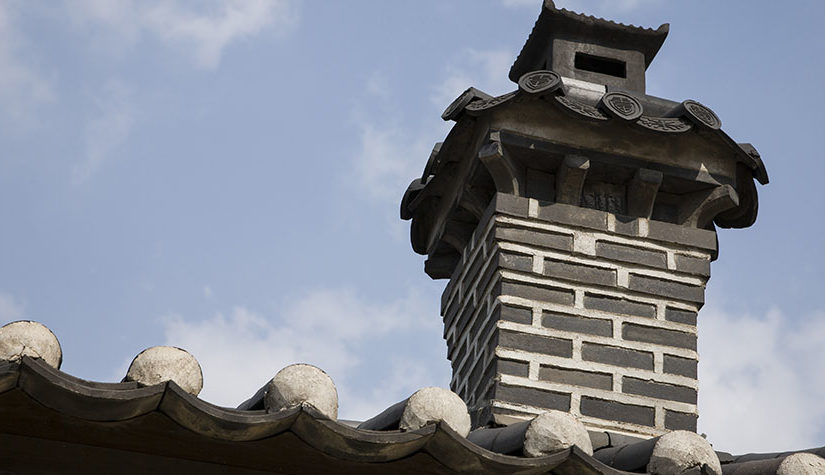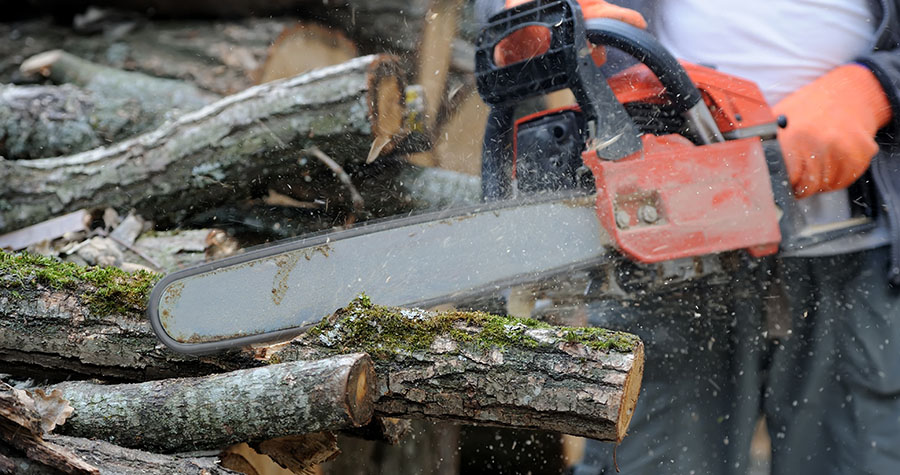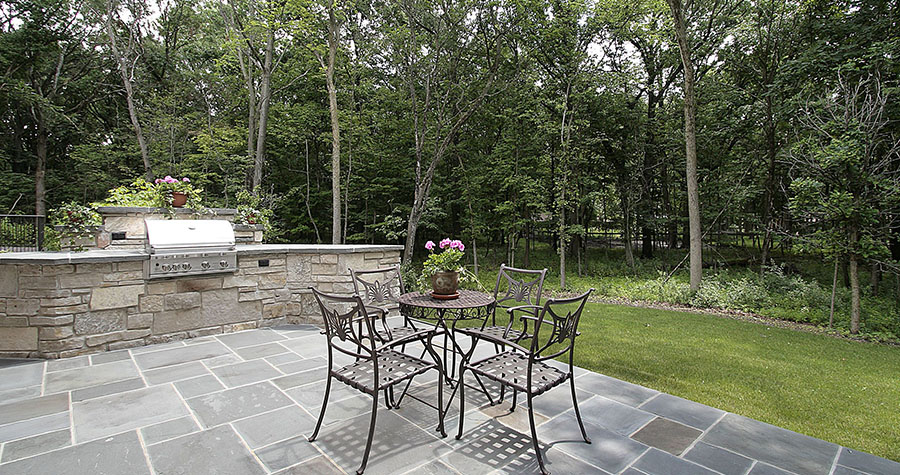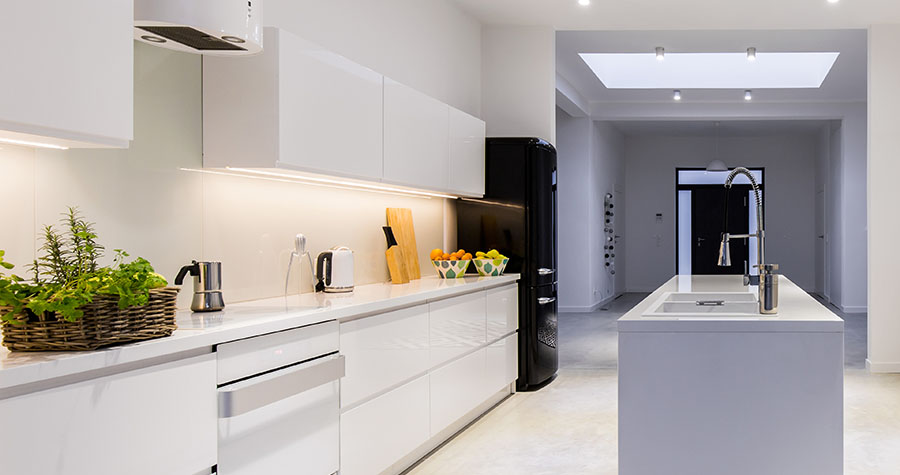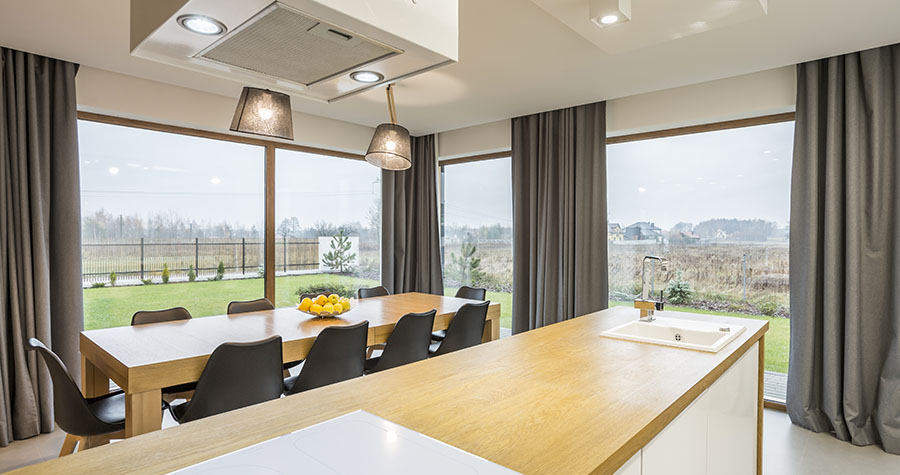Having a fireplace in your house is a blessing, especially if you live in a region that experiences extreme temperatures throughout the year. However, at the same time, it is important that you look after the chimney as well to ensure it works effectively and does not threaten your family members. So, the best way to make sure that is by regularly carrying out chimney inspections. Let’s take a look at how you can inspect your brick chimney.
Inspecting The Flue
The flue is a critical component of a chimney. In simple words, it is an exit for the flame and smoke. Moreover, the flue liner protects the chimney from creosote buildup. Therefore, it has a smooth and easy-to-clean surface, allowing the fire to draft properly.
However, with regular usage, creosote accumulation might take place in the flue as well. It can also be that the flue liner gets damaged due to extreme weather conditions. Like other chimney components, the flue has a life as well. Therefore, it is important that you grab a mirror and inspect it for any creosote buildups and defects. If possible, use a snake inspection camera to have a detailed look inside.
Inspecting The Chimney Structure
Next, comes inspecting the chimney structure. It’s an important step. Since your chimney is made of brick, it is forced to bear the brunt of extreme weather conditions. As a result, the bricks do turn weaker with time leading to cracks and damage.
If you come across any missing bricks or cracks, you will need to fix them as soon as possible. Plus, make sure the chimney is intact and installed properly. Take your time and thoroughly inspect the structure. It should not be tilting or bowed. If that is the case, you will need to fix it by repairing the mortar or repointing the chimney.
Inspecting The Hearth
Inspecting the hearth is as important as inspecting the chimney structure. This is the floor of the fireplace and you will be facing this area while enjoying the warmth. This is also the most dangerous part of the chimney as it is located inside the house where most fires take place.
That said, it is important that the hearth is made of non-flammable material and should extend at least 16 inches from the front of the fireplace to prevent carpet, wood, and other materials from catching fire. Inspect the surface of the hearth and make sure there aren’t any cracks or damages. Plus, thoroughly clean and vacuum it to remove any remnants.
Should I Hire An Expert For Inspection?
Hiring an expert for inspection is the best available option. Even though it is going to cost you money, you will be mentally at peace knowing that an expert will put in all the effort and undertake risks to ensure your chimney is safe and sound.
The riskiest part of inspecting the chimney is climbing the roof using a ladder. If anything goes wrong, you can fall down and easily break your bones. It could also lead to a permanent injury. Moreover, if you intend to inspect the chimney on your own, you should have the required tools as well.
The reason most homeowners prefer hiring an expert is they have access to all the necessary tools. This makes the job much easier. But if you have access to the tools as well, ask a friend or a relative for a helping hand.
How Regularly Should I Inspect The Chimney?
The frequency of inspecting your chimney depends on the frequency of usage. Although there are several other important factors too such as the type of wood you are burning. If you are using wet wood, the byproduct i.e. creosote is going to be a lot more than dry wood. Therefore, you will need to inspect and clean the chimney more often.
How To Clean The Chimney?
To clean your chimney, you will need a brush with metal bristles. Open the fireplace damper and remove the chimney caps. Use a torch or a snake camera to inspect the interior of the chimney. If the creosote buildup is in its initial stages, you shall be able to clean it with the right skills and products.
However, if the buildup has been there for a while, you will need to call in an expert. Creosote buildup in its third and last stages is extremely difficult to get rid of. So, make sure you do not let your chimney reach that point and regularly inspect and clean it.
Final Word
Inspecting your brick chimney is important for its integrity, efficiency, performance, and safety of your family members. Make a schedule and ask someone to help you out with the process. If not, hire chimney contractors Columbia MD.
